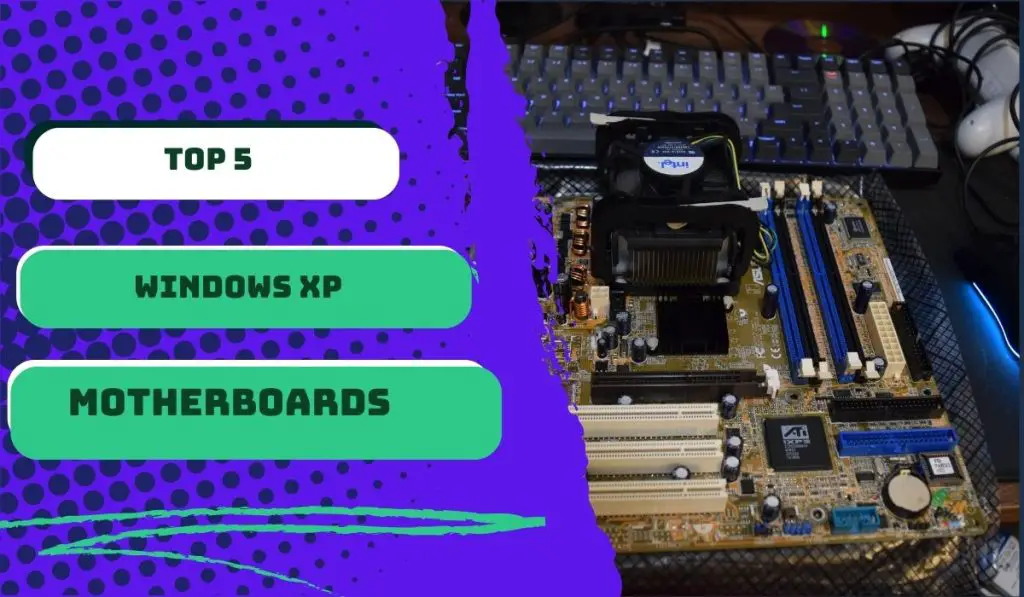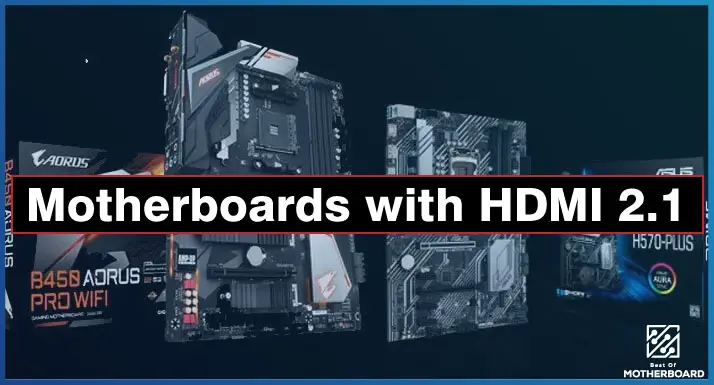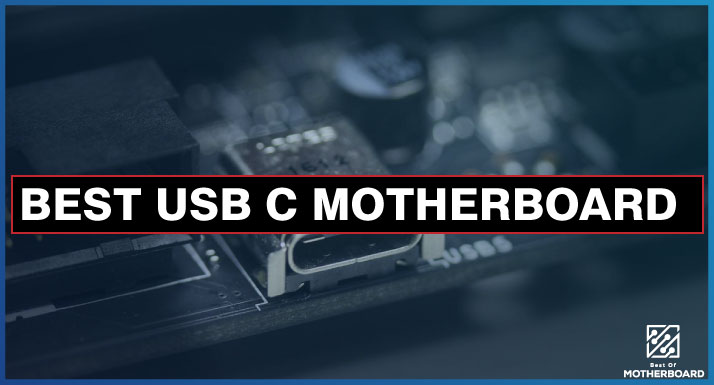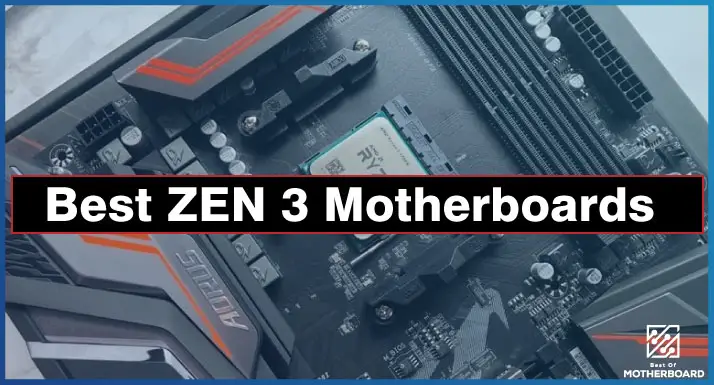For a dollar to the donut, you can still build a new PC that runs Windows XP in 2023. However, you need the right motherboard that suits the setup. In this article, we will walk through five of my favorite motherboards to run WinXP, their relevant specs, pros and cons, trade-offs, and how to get them.
I missed retro games such as Max Payne, Vice City, and San Andreas. So, I wanted to build a Windows XP machine primarily for gaming but decided to go all new with a new motherboard, RAM modules, GPU, and so on to avoid the problems that come with old components.
It was hard to come across a motherboard that is convenient for running Windows XP, especially with many of them having UEFI bios that are not compatible with older OS, such as the 2001-invented WinXP.
I had to watch close to 200 review videos on YouTube to finally come to a decision. But if you are on the same mission, you don’t have to go through that stress.
I have put together the top 5 mobo choices that will work great for running WinXP without problems.
If you’re in a hurry, here is a rundown of the best Windows XP motherboards that we will review in this article:
- Gigabyte GA-78LMT-USB3
- DFI LANParty nf4 (socket 939 version)
- Dell Inspiron 530
- MSI Socket AM-2
- Gigabyte H61 Chipset
The Criteria We Used in Picking Our Best Motherboards for Windows XP
When choosing a motherboard for a system running Windows XP, I had to consider a few things.
- First, I had to make sure the motherboard was compatible with the processor and other hardware to be used with it.
- In addition, we need a motherboard that has the right type of RAM and enough expansion slots for any additional hardware you want to add to the system, such as a graphics card or additional storage.
- Aside from that, the boards need to have the appropriate connectors and ports for any peripherals to be used with the system. More precisely, we looked at USB ports and Ethernet jacks.
- It is generally a good idea to choose a motherboard from a reputable manufacturer. In addition, I had to read reviews from other users to ensure I’m recommending the right, high-quality product.
Full Review: The Best 5 Motherboards for Windows XP
Some older software and games may only be compatible with Windows XP, so if you want to use those programs, you may need to use the operating system.
The simplicity and stability of Windows XP are also an enticement, even though it’s an older operating system that won’t have the same performance issues and security vulnerabilities as newer Windows versions.
If you are planning to run WinXP, here are the best motherboards to consider:
Gigabyte GA-78LMT-USB3
The Gigabyte GA-78LMT-USB3 is a motherboard that is compatible with Windows XP and offers a range of features and capabilities.
To begin with, it is compatible with AMD AM3+ and AM3 Phenom II and Athlon II processors, along with other ranges of processors, and also supports up to 32GB of DDR3 RAM, allowing for smooth and efficient multitasking.
What I like about this motherboard
It is a good thing that the Gigabyte GA-78LMT-USB3 features multiple expansion slots, including one PCI Express 2.0 x16 slot and two PCI Express x1 slots. This helps to include additional hardware, such as a graphics card.
I also love the range of connectors and ports, including USB 3.0 and 2.0 ports, HDMI and DVI outputs, and Gigabit Ethernet connectivity. If you are running an old Windows version, this feature will come in handy.
Aside from all these, the motherboard has a user-friendly BIOS interface for easy system configuration and management.
What I don’t like about this motherboard
It is important to admit that the Gigabyte GA-78LMT-USB3 is an older motherboard; hence, it may not support the latest hardware and technologies. I also observed that it does not have built-in Wi-Fi connectivity, so you will need to use a separate Wi-Fi adapter.
The above is not really bad compared to the absence of an M.2 slot for installing an SSD, so you will need to use a traditional 2.5-inch SATA SSD or a PCIe-based SSD.
Overall, I’m positive you’ll love it as a good option for building a budget-friendly system with support for older hardware and software.
DFI LANParty nf4 (socket 939 version)
The DFI LANParty NF4 motherboard is another great option to run Windows XP for retro games and carry out a task that requires older software. This mobo takes DDR1 RAM. You can pair it with the AMD Athlon 64 3200 Plus processor.
What makes this board stand out from the rest is its amazing features, which account for why I like it—and why you would too.
What I like about the motherboard
- It features built-in audio.
- two PCI Express slots
- It has four SATA ports.
- The color scheme and overall aesthetics of the motherboard are fantastic.
What I don’t like about this motherboard
- It would have been better if it had a DDR2 RAM slot.
- When putting the setup together, the board will need a little bit of care, such as replacing the thermal paste and adding a cooler to it.
Dell Inspiron 530
Alternatively, you can consider the Dell Inspiron 530 motherboard. It is cheap and appears to be among the few absolute overkill systems for Windows XP, sort of an ultimate system. Dell is renowned for using FSP and Delta power supplies—very high-quality ones, which explains why they rarely go wrong.
What I like about the motherboard
- It is easily upgradable and has plenty of expandability by default.
- It is one of the easiest motherboards to diagnose. (If it’s not working, it gives you an orange light of death, much like a console.)
What I don’t like about this motherboard
- You will need a bit of upgrading here and there to make it ready for WinXP to run. But hey, quite unavoidable.
MSI Socket Am2
You can build a dedicated Windows XP gaming machine with an MSI socket AM2 plus motherboard and an AMD Phenom 555.
The board is designed with a dual-core processor and 4 gigabytes of DDR2 memory. You can use a graphics card from AMD—a Radeon 6770—and a sound card from X5 Titanium.
What I like about this motherboard
MSI has a really good selection of motherboards, too, across different price ranges. This motherboard is a good balance of price and performance.
What I don’t like about this motherboard
So far, I have not observed any trade-offs worth noting about using the MSI socket AM2, especially for running Windows XP.
Gigabyte H61 Chipset
This Gigabyte H61 Chipset is the final item on our list of the best motherboards for Windows XP. A used version of the unit costs around $40 to $50 from AliExpress.
What I like about this motherboard
This low-cost micro ATX motherboard has four SATA ports, PCI Express 16, and 2-1 outputs.
The motherboard has only two RAM modules but has two peers for VGA and four USB gigabit Ethernet ports. I also like that it has audio for running WinXP and uses very little power.
Since we are primarily concerned with running Windows XP, we are not interested in overclocking, so it works perfectly for the project of building a Windows XP computer.
What to Look For in a Motherboard for Windows XP
- Compatibility with the processor and other hardware
- Type and amount of RAM
- Expansion slots for additional hardware
- Appropriate connectors and ports for peripherals
- Reputable manufacturer and good user reviews
- The motherboard’s form factor and size (this will determine how it fits into your case and how much space you have for other components)
- The motherboard’s features and capabilities (this will determine what you can do with your systems, such as gaming or video editing)
Final Verdict
It is difficult to say which motherboard is the best to use for Windows XP, as it will depend on your specific needs and preferences.
However, as a final verdict, I would recommend the Gigabyte GA-78LMT-USB3 and DFI LANParty NF4 as the best options.
Aside from being compatible with a range of processors, these motherboards have sufficient RAM and expansion slots, provide the appropriate connectors and ports for peripherals, and have received positive reviews from users.
Again, the best motherboard for you will depend on your budget and the specific requirements of your system.




